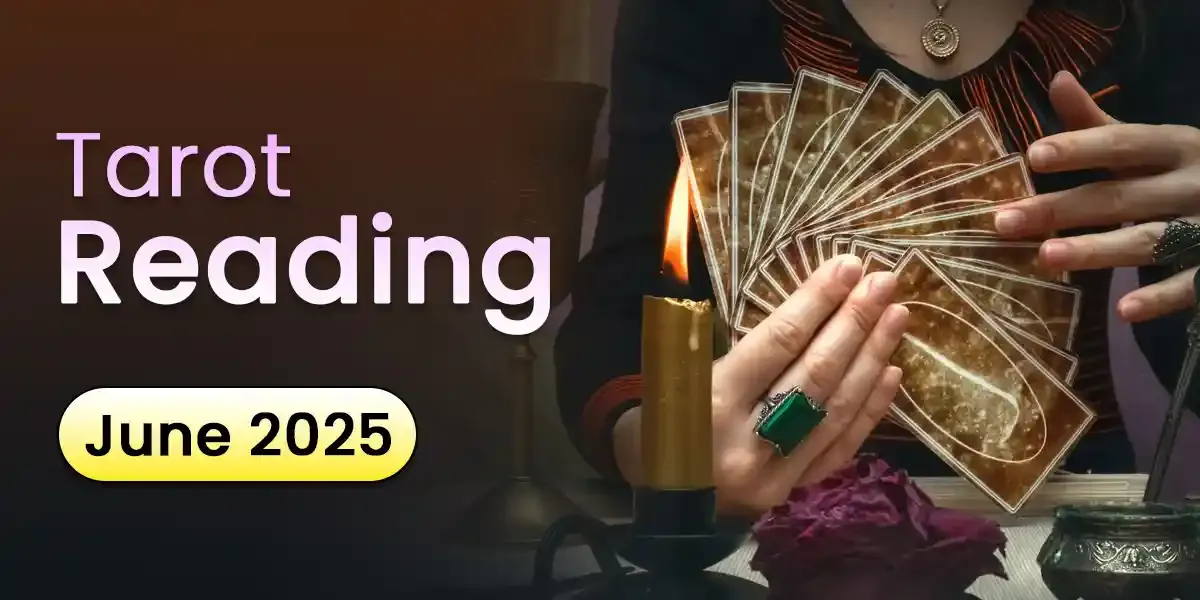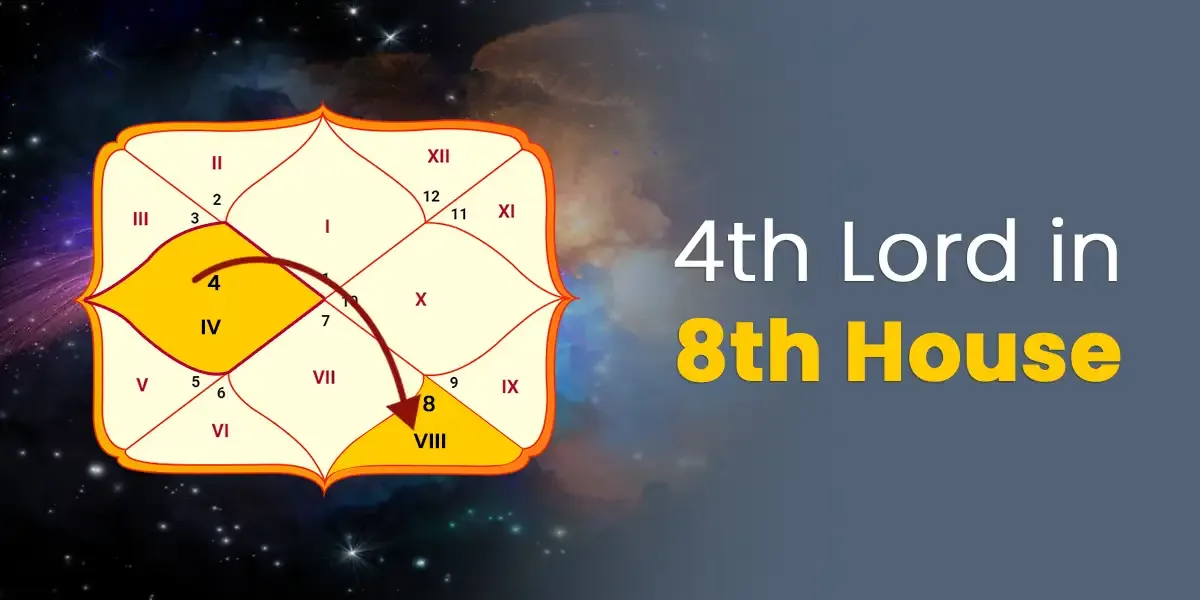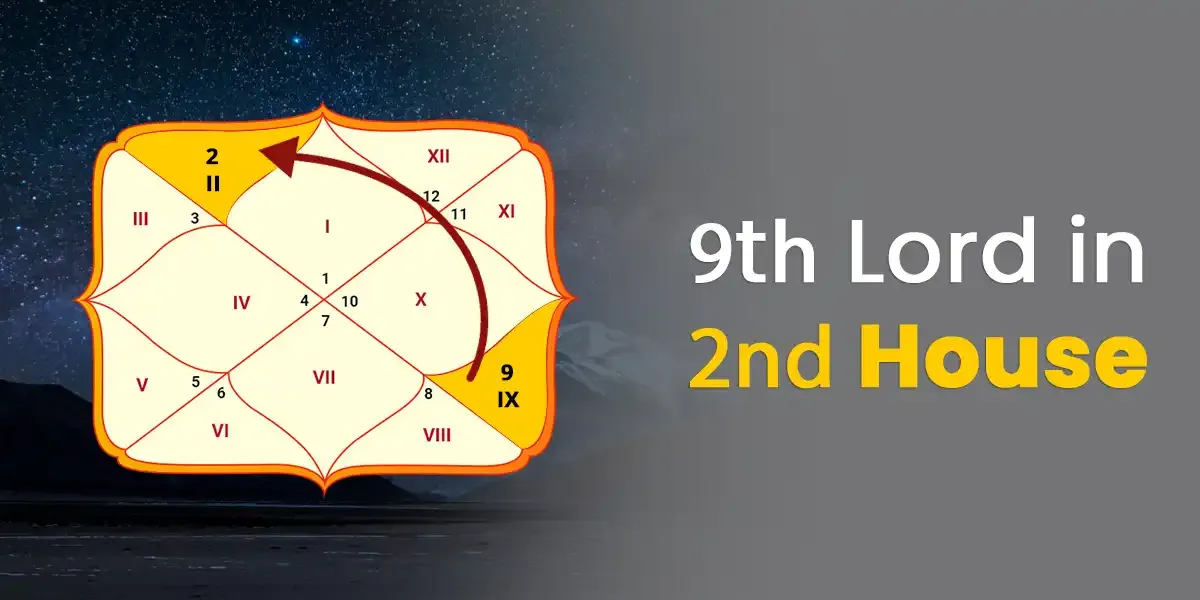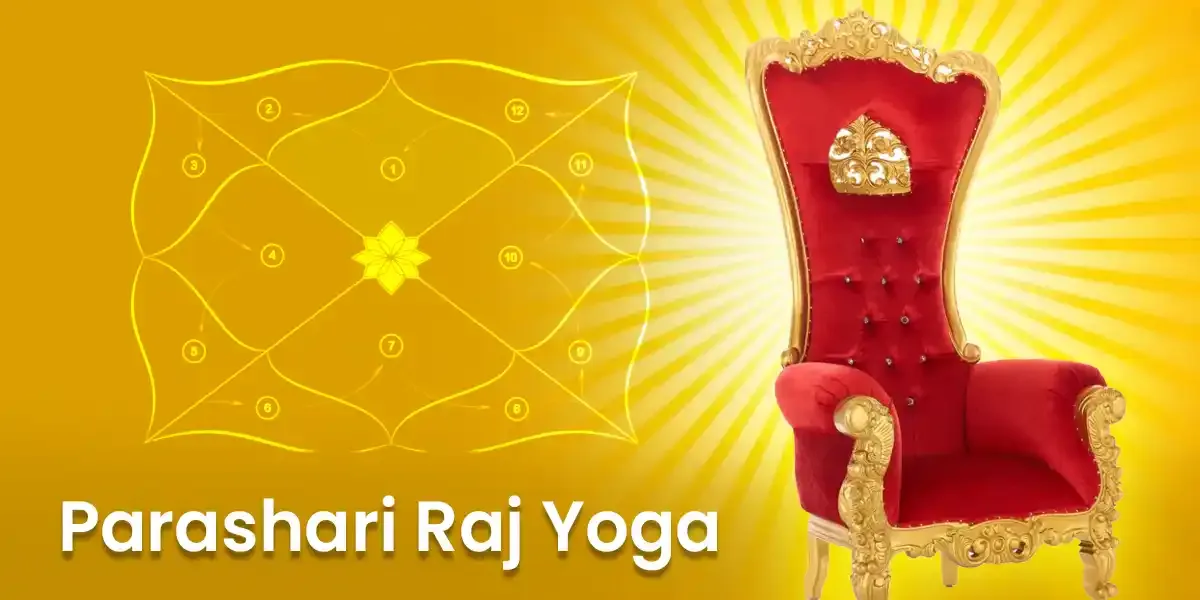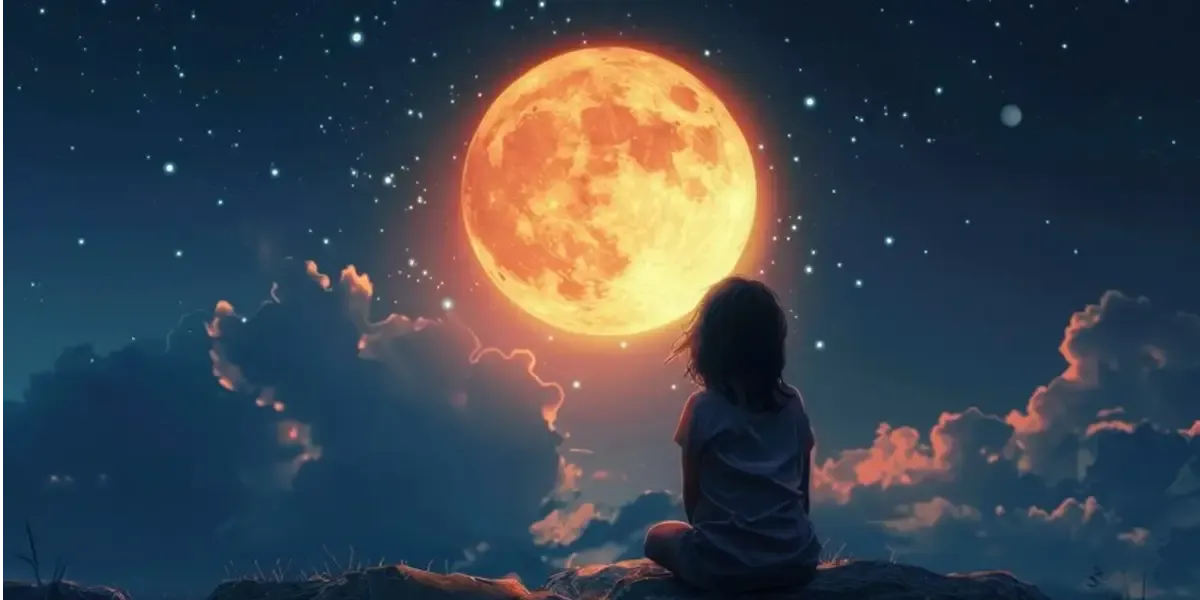
The Sun is considered as one of the most important deities in Hinduism. According to Vedic Astrology, the Sun moves through the 12 signs of the zodiac and this is known as Sankranti. When the Sun moves into the zodiac sign of Makar (Capricorn), it is known as Makar Sankranti and is one of the most auspicious Sankranti along with Mesha (Aries) Sankranti.
Consult our expert astrologers online to learn more about Pooja methodologies and rituals.
Makar Sankranti marks the transition of the Sun from Sagittarius (Dhanu) in the zodiac sign of Capricorn (Makar). Although the Sun does not actually move, it is the relative motion of the Sun with respect to the earth that results in the illusion that the Sun is moving. There is an interesting tale on how the Sun goes to meet his son Shani on this day. According to Hindu mythology, Shani (Saturn), the ruler of Makar (Capricorn) is the son of Surya (Sun) and although they do not have cordial relations, Surya always pays a visit to his son on this day. Thus, this day reinstates the value of the bond between a father and a son.
Myths and Legends behind Makar Sankranti
It is believed that Makar Sankranti is the day when the Gods awaken from their sleep and the period of Uttarayana begins. Uttarayana and Dakshinayana refer to the periods when the Sun heads north and south respectively. They are also believed to be the time when the Gods awaken or their "day" begins (Uttarayana) and the time when the Gods sleep or their "day" ends (Dakshinayana). Thus, Uttarayana is believed to be an auspicious period for beginning anything important.
There are many myths revolving around Makar Sankranti. It is believed that on this day, Lord Vishnu defeated the Asuras and buried them under the Mandara Parvata, bringing an end to the evil forces and ushering a period of happiness and prosperity.
According to another legend, King Bhageeratha brought down Ganga and performed Tarpana, to provide salvation to his ancestors who were cursed and turned into ashes.
In Sikhism, Makar Sankranti is celebrated as Maghi to pay homage to the forty Sikhs who sacrificed their lives to save Guru Gobind Singh when the Mughals came in search for the Guru. Mela Maghi, an annual gathering of people in Sri Muktsar Sahib is organized to honor the martyrs.
What are the Astrological Aspects this Makar Sankranti on 14 January 2021?
Celebrations Across India
Makar Sankranti is celebrated across India. In Punjab and the adjoining areas, a day before Makar Sankranti is celebrated as Lohri. A bonfire is lit and people dance and make merry.
It is known as Khichdi or Sankrant in Uttar Pradesh and Bihar. People take a dip in the holy waters of the Ganges and celebrate the day by flying kites and distributing sweets and laddoos made from til or sesame seeds.
In Assam, Makar Sankranti is known as Magh Bihu or Bhogali Bihu. Tekeli Bhonga, a ritual that involves breaking pots, and Buffalo fighting are key features of the celebration. Huts made from bamboo, known as Meji are built. These huts are burned the next day. Special feasts are also prepared during the festival.
It is known as Pongal in Tamil Nadu. The festivities begin on January 13 and go on till the 16th of January. People thank the Sun God for the good harvest. Houses and offices are decorated with banana and mango leaves. Kolams, designs are drawn using rice flour are drawn during the festival. Another key feature of the festival is the preparation of Pongal, a dish made from rice, milk, jaggery, raisins and cashew nuts, specially prepared for the festival.
The Significance of Donating On Makar Sankranti
Donations made on the auspicious occasion of Makar Sankranti are believed to bring great benefits. Usually, food, Til ladoos and warm clothes are donated during the festival. Also, taking a dip in the holy waters of the river Ganga is considered highly rewarding on this day.
The Bhagavad Gita elucidates the significance of dying during Uttarayana. In the Mahabharata, the great Bhishma Pitamah, lying on a bed of arrows, had purposefully waited for the Uttarayana to breathe his last breath. According to scriptures, a person who dies during this time attains 'Moksha' or liberation from being born repeatedly.
The Ritual of Flying Kites and Eating Khichdi
Over the years, Makar Sankranti has come to be associated with flying kites. Although it is still unknown how this ritual began, flying kites has now become synonymous with Makar Sankranti and many kite flying competitions are held on this day, mainly in the Northern and Western states of India. The ritual of eating Khichdi, a dish made from rice and lentils is also quite prevalent in many North Indian states.
Astroyogi.com wishes you a very Happy Makar Sankranti!
Vasant Panchami 2021 | Lohri - The Bonfire Festival | Pongal 2021
Our in-house team of writers comprises of vibrant, like-minded, and curious souls who are passionate about helping people find joy and motivation through the magic of words. Our writers are keen on using their skills to make the study of divination sciences a guiding tool in people's lives. They hold expertise in writing on a myriad of topics related to Indian Astrology, Spirituality, Planetary Movements, Vastu Shastra, Numerology, and Tarot among several others. The Astroyogi team aims to write articles that can help the readers lead a life of peace and tranquility whilst enjoying the many ups and downs of life!







